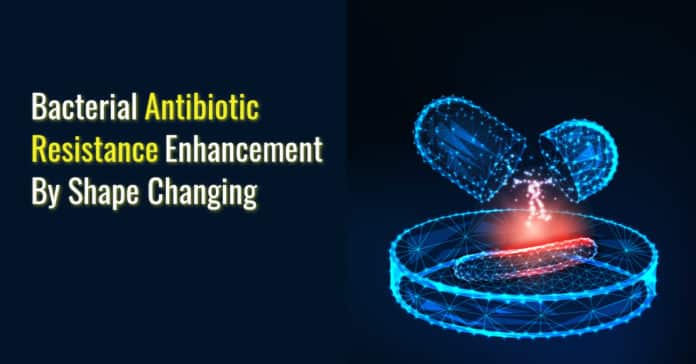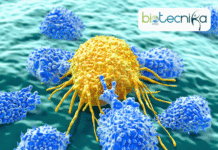Bacterial Antibiotic Resistance Enhancement By Shape Changing
Survival of the fittest is a harsh truth to many, not only for those who couldn’t survive but also for the survivors who now have to fight harder to outlast the fitter ones. This is especially seen in the smallest of organisms that have a great effect on us. The bacteria that we sought to destroy have become resilient to a whole range of antibiotics, making antibiotic resistance a dire problem for scientists worldwide. As much as applicable and commercially available solutions are valued, fundamental research helps us open new worlds of possibilities.
Shiladitya Banerjee, Carnegie Mellon University’s Assistant professor of Physics, has conducted new research that unravels clues about how some bacteria exhibit antibiotic resistance by changing shape. Nature Physics has published the scientist’s findings.
Banerjee has previously worked at the UCL (University College London), and his years of work at both places have concentrated on the physics perspective of cell functions. The impact of a cell’s shape on its survival and reproduction is a common theme. Collaborating with the University of Chicago’s researchers, Banerjee worked on Caulobacter crescentus, a model bacterial species, to study the morphological and growth effects of antibiotic exposure and see the bacterial antibiotic resistance enhancement. He revealed that theoretical modeling and single-cell experiments helped him and his collaborators show that bacteria’s adaptation strategy involves a feedback system that causes cell shape changes. The bacteria was found to transform into a more curved and wider form upon multiple generations’ exposure to lesser than lethal dosages of Chloramphenicol.
The bacteria’s ability to resume quick growth surpass antibiotic-generated stress is enabled by shape change. The conclusion was arrived at by a theoretical model that assessed the organism’s ability to gain a low surface-to-volume ratio and greater curvature by changing physically. This allows a lesser amount of antibiotic particles to pass through into the bacteria’s cellular surfaces.
Banerjee said that the research findings are of great importance to further studies in human health. The insight prompts molecular studies of the mechanism of bacterial antibiotic resistance enhancement.






